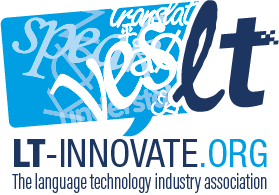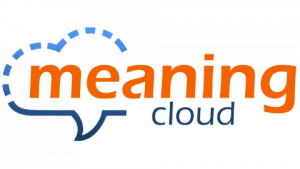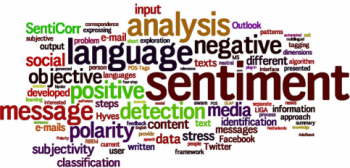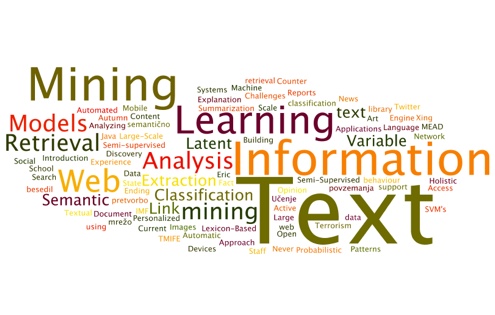Language Technology Industry Summit

LT-Innovate, the Language Technology Industry Association, organizes a new edition of its annual Summit. It is the yearly point of convergence between the Language Technology Industry, its clients, research partners and policy makers. According to its Memorandum of Association (London, 2012), LT-Innovate is a non-governmental organization consisting of all parties involved in the field of Language Technologies (LT) and services. Main goals are the promotion of common interests in the successful development, production, delivery and use of language technologies and services and the implementation of services that may help to promote the industry.
LTI Cloud
Besides traditional sections, as Solution Showcases, Technology Spotlights, and Project Results, Language Technology Industry Summit 2016 will serve as the official launch of one of the most important endeavours undertaken by the Association since its inception: the LTI Cloud.
LTI Cloud is the one-stop-shop platform for making available, discovering, assembling, testing and prototyping language technology components. If you are a potential provider of LT APIs (researcher, developer, startup…), and you want to get exposure, testing, or simply customers, consider using LTI Cloud, as it is a ready-to-use platform.
Still in a pilot phase until May 17th, you can be among the first adopters of LTI Cloud. And remember that it serves not only LT providers but also final users. Jochen Hummel, the leader of this initiative, will make the presentation at the Conference. By now, you can take a look at this preview.
Coming back to the Summit, I would like to stress a traditional track: “Customers challenge the Industry”. This year’s challenge comes from Elsevier: “Dynamic Knowledge Stores and Machine Translation”. It will be presented by Michelle Gregory and Pascal Coupet.
MeaningCloud User Profiling API

Being MeaningCloud one of the founding companies of LT-Innovate, we are proud to take an active role again in this year’s event. On Tuesday 17th of May, I will be presenting our recent work on “Automatic Extraction of Rich Customer Profiles from their Activity in Social Networks”. It is about our brand new MeaningCloud API for automatic profiling of Twitter users. User Profiling API allows extracting some important demographics according to different aspects for a given Twitter user: which topics the user talks about, personal and professional information, hobbies and interests, etc. This information extraction is based on a mixed rule-based and machine learning approaches.
Conference Discount Code
Come and join us at the LT-Innovate Summit. And, before registration, do not forget to ask for a special discount code through our helpdesk (support@meaningcloud.com).









